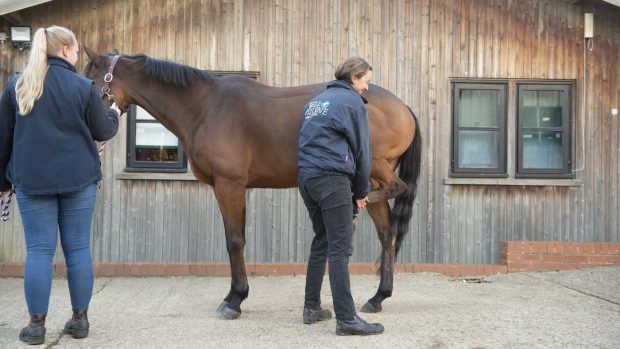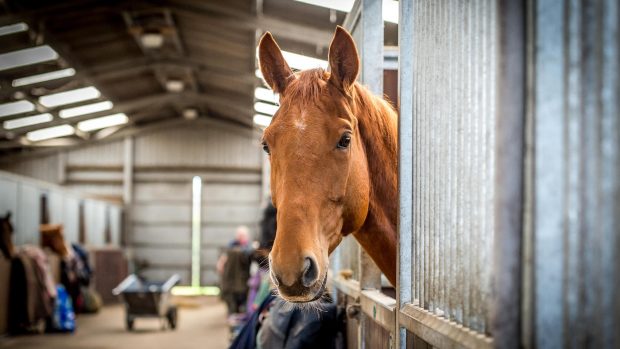Major changes to the way pre-purchase examinations — vettings — are documented will be introduced in September.
And the new format, revealed exclusively to H&H last week, will have significant ramifications for buyers and sellers.
Although the vetting procedure will remain the same and the cost will stay as is, the certificate potential buyers receive afterwards will include additional information in an attempt to make the process more transparent and coherent.
Standardising vettings
Malcolm Morley, chair of the British Equine Veterinary Association (BEVA) committee behind the new format, said: “We’ve made these changes to standardise the way vettings are carried out and to protect the public.”
From September, vets will have to declare previous knowledge of every horse they examine and whether the seller is a client of their practice.
They will have to state on the certificate what additional procedures they carried out during the examination and, crucially, why certain elements — such as flexion tests — may have been omitted.
Positive reaction to news
The overwhelming response to the changes, which will be introduced on 8 September, seems positive.
“This news is extraordinarily welcome,” enthused BEVA president-elect Ben Mayes. “The exam in its current form is highly respected, but there’s a feeling that vets need to be more prescriptive.
“I think the new format will give vets more confidence as it allows us to explain things more clearly to buyers. I do 150 vettings a year and anything that gives more clarity and detail can only be welcome.”
What about sellers?
While the new format is a boost for buyers, how does it affect sellers?
“It’s a good thing for everyone,” said dealer Astrid Bolton, “apart from those unscrupulous people who might have something to hide. But any reputable seller will welcome this and sellers, as much as buyers, want a professional and thorough vetting done.
“Vets are damned if they do and damned if they don’t at vettings — with the threat of litigation if they make a positive report and if something goes wrong afterwards — so if the buck can be passed on to sellers, then hopefully vets will feel more confident. I know some vets that won’t do pre-purchase vetting as it can be too much hassle afterwards.”
Insurers have welcomed the addition of a note on the certificate urging buyers to ensure their insurance is in place before buying a horse.
Guy Prest of equine insurance company KBIS said: “This is good for buyers, as it will hopefully minimise the chance of exclusions they weren’t expecting and good for insurers as it will help us gauge risk more accurately.”
For the full news article on changes to vetting rules, see the current issue of Horse & Hound (16 June, 2011)




